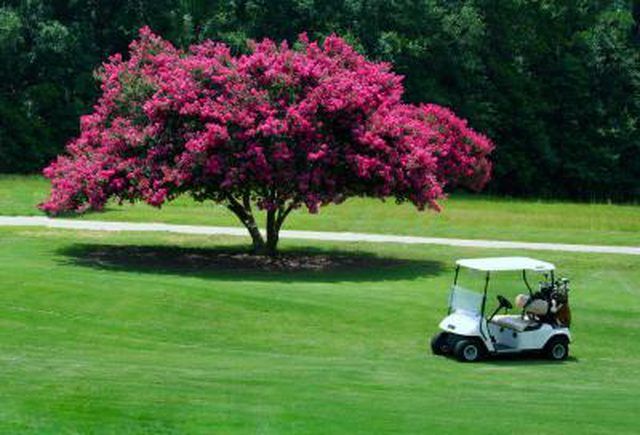Bulbs
Flower Basics
Flower Beds & Specialty Gardens
Flower Garden
Garden Furniture
Garden Gnomes
Garden Seeds
Garden Sheds
Garden Statues
Garden Tools & Supplies
Gardening Basics
Green & Organic
Groundcovers & Vines
Growing Annuals
Growing Basil
Growing Beans
Growing Berries
Growing Blueberries
Growing Cactus
Growing Corn
Growing Cotton
Growing Edibles
Growing Flowers
Growing Garlic
Growing Grapes
Growing Grass
Growing Herbs
Growing Jasmine
Growing Mint
Growing Mushrooms
Orchids
Growing Peanuts
Growing Perennials
Growing Plants
Growing Rosemary
Growing Roses
Growing Strawberries
Growing Sunflowers
Growing Thyme
Growing Tomatoes
Growing Tulips
Growing Vegetables
Herb Basics
Herb Garden
Indoor Growing
Landscaping Basics
Landscaping Patios
Landscaping Plants
Landscaping Shrubs
Landscaping Trees
Landscaping Walks & Pathways
Lawn Basics
Lawn Maintenance
Lawn Mowers
Lawn Ornaments
Lawn Planting
Lawn Tools
Outdoor Growing
Overall Landscape Planning
Pests, Weeds & Problems
Plant Basics
Rock Garden
Rose Garden
Shrubs
Soil
Specialty Gardens
Trees
Vegetable Garden
Yard Maintenance
How to Prune Crape Myrtle
How to Prune Crape Myrtle. Crape myrtle (Lagerstroemia indica) blooms indefatigably throughout its perennial range in U.S. Department of Agriculture plant hardiness zones 7 through 9. The natural unpruned growth of this multitrunked tree opens to a wide, spreading canopy. Although crape myrtle does not need to be pruned to flower, some judicious...

Crape myrtle (Lagerstroemia indica) blooms indefatigably throughout its perennial range in U.S. Department of Agriculture plant hardiness zones 7 through 9. The natural unpruned growth of this multitrunked tree opens to a wide, spreading canopy. Although crape myrtle does not need to be pruned to flower, some judicious pruning cuts can enhance its natural beauty.
Pruning Goals
Pruning should improve or enhance crape myrtle’s structure and feature its natural shape while not compromising its health. The rampant -- and often destructive -- practice of topping crape myrtle trees is not a responsible pruning method. Topping removes all the branches at the same level, which drastically reduces a tree’s canopy and decreases its ability to photosynthesize. Pruning wounds create openings on all the branch stubs, providing access to insects, diseases and cold injury. Shane Harris, Regional Extension Agent with the Alabama Cooperative Extension System, notes the primary goal of pruning crape myrtle should not be to cut to see over it, but to cut so that you can see through it.
Pruning Methods
Renewal pruning to correct the shape of a topped crape myrtle allows a tree essentially to start over. Cut all branches back to 6 inches, which will prompt new shoots to grow. To shape a crape myrtle that has not been topped, leave three to five of its strongest limbs that have sprouted from ground level. Prune other limbs to the ground, particularly those that grow inward or cross other limbs. As the tree grows, cut the lateral branches on the remaining limbs one-third to one-half the tree’s height, a pruning practice called "limbing up." Prune out the basal sprouts, called suckers, to keep a tree tidy.
Pruning Times
Pruning in autumn is unhealthy for crape myrtle trees, because it promotes new growth, which prevents dormancy. If trees are not fully dormant, severe freezes may kill them. Wait to prune trees until they are leafless in winter, typically December through February. This assures they are dormant, and it also makes a tree’s structure easier to see for pruning into a desirable shape. The best time for severe pruning to renew trees is in March. Some cultivars may produce more flowers during the growing season if you prune the trees after they bloom.
Pruning Sanitation
Contaminated pruning tools can spread diseases. Before pruning crape myrtle, disinfect pruners by soaking them for 5 minutes in a solution of 1 part bleach and 3 parts water. Optionally, you can use 1 part alcohol and 1 part water. After soaking the tools for 5 minutes, rinse them with water or let them air dry before making any pruning cuts. If you prune more than one tree, disinfect pruning tools before moving to the next plant.